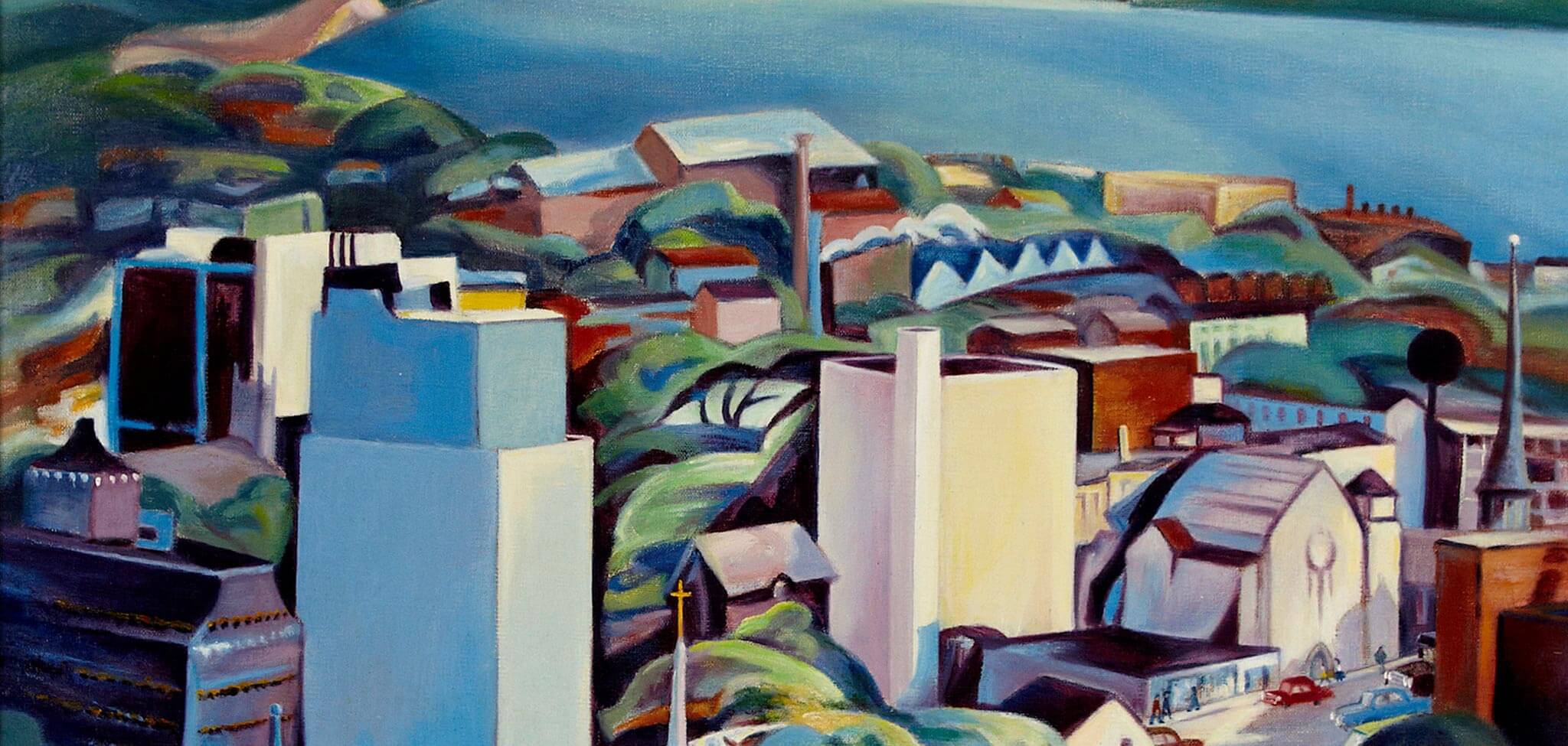Saga of a City commemorates the bicentennial of the founding of the city of Hamilton in 1816.
This historical exhibition traces the foundations upon which an obscure frontier hamlet in 1816 grew to become a major North American manufacturing and transportation centre by 1925. Historically, the development of the city rested solidly on the foundations of location, water, rails, immigration, and industry. However, since 1945 these traditional foundations have been shaken, and today a very different city is in the process of reinventing itself.
Indigenous Nations have lived at the western end of Lake Ontario for centuries. The proximity to water, a temperate climate, and bountiful natural resources made this location ideal. European settlers were attracted to the Head-of-the-Lake, as they called it, for the same reasons.
Early European settlers at the Head-of-the-Lake created agricultural lands and harnessed the power of the many waterfalls to create mill towns like Ancaster, Albion, and Dundas. Many entrepreneurs were active in land speculation. One such was Niagara businessman George Hamilton, who in 1815 purchased 257 acres of land upon which to found a town. This is the saga of that town and the city that grew from it.
Curated by Devin Therien, Adjunct Curator, European Art and Bill Manson, Hamilton Historian
Header Image: Viola Depew (Canadian 1894-1992), Close to the City’s Heart (detail), 1962, oil on canvas, Gift of Ann Hanson in memory of John Hanson (1920-2011), 2011

